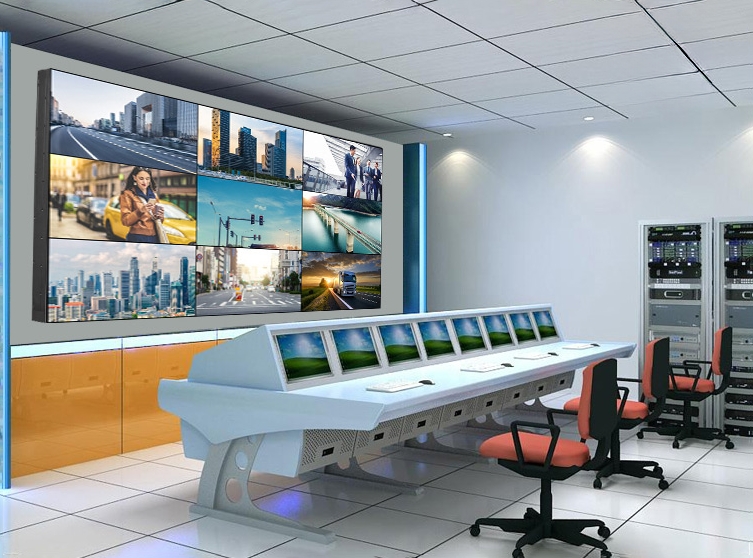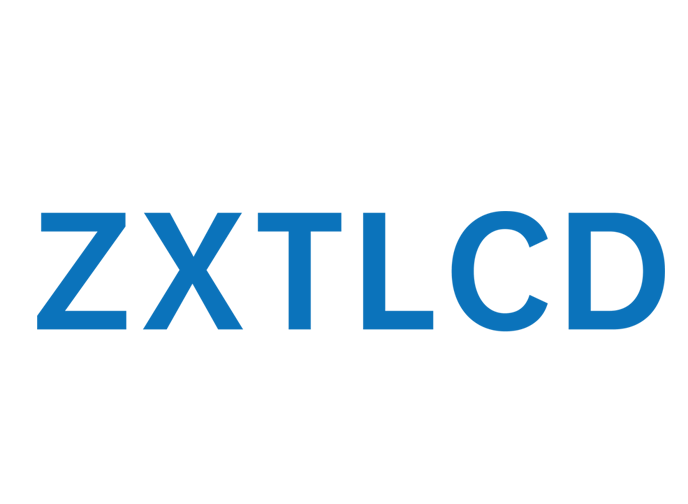Popular Science | Video Wall – LCD TV Wall

1
What is DID? How is it different from ordinary LCD?
DID stands for Digital Information Display. It is a new generation LCD TV Wall display technology introduced in 2006. It is widely used in various industries such as security monitoring, information display, exhibition systems, and commercial leases of display devices. The difference from ordinary LCD displays lies in the improved arrangement of liquid crystal molecules, allowing for both horizontal and vertical ceiling placement. It offers high brightness, high definition (1080P/4K), long lifespan, stable operation, and low maintenance costs.
2
What are the advantages of DID compared to DLP and PDP?
DLP rear projection technology has a large size and weight, and its key technical indicators are far inferior to LCD and plasma. Prolonged continuous operation accelerates the aging of DLP rear projection lamps, requiring frequent replacement within a few months. Plasma displays consume high power and generate significant heat, which can cause severe burns and are not suitable for displaying static monitoring images for long periods. If used in a TV Wall, it increases the overall temperature and can damage the equipment. LCD dominates in flat panel display technology, offering advantages such as thinness, light weight, low energy consumption, long lifespan, and no radiation. Its excellent performance in key performance indicators has made it the mainstream choice.
3
Can DID LCD achieve seamless splicing?
Currently, the narrowest bezel LCD panel available is the LG 55-inch ultra-narrow bezel DID LCD panel launched in 2019. Its top bezel is 0.44mm wide, the bottom bezel is 0.44mm wide, and the theoretical physical seam is 0.88mm. The actual minimum physical seam that can be achieved is 0.99mm. The seamless LCD TV Walls available on the market refer to DID LCD TV Walls with a 0.88mm seam.
4
What is LED backlighting, and how is it different from traditional CCFL backlighting?
LCD panels themselves do not emit light and require a backlight source at the back of the panel. LED backlighting replaces the traditional CCFL backlight with LEDs (light-emitting diodes, usually white). There are two types: dot matrix (also known as direct type) and edge-lit. LCD TV Walls with LED backlighting have a wider color gamut, higher brightness, longer lifespan compared to traditional CCFL screens, and are more environmentally friendly.
5
What is Full HD (FULLHD)? How to determine if an LCD TV Wall has HD Full HD display capabilities?
FULLHD stands for Full High Definition. A Full HD display screen is capable of fully displaying 1920×1080 pixels or achieving a physical resolution of 1920×1080. HD stands for High Definition. According to the standards set by the Ministry of Industry and Information Technology for “Digital TV Receiving Equipment – Display Standards,” any display with horizontal and vertical clarity reaching or exceeding 720 lines can be considered a high-definition TV. FULLHD is currently the top-level high-definition format, requiring both horizontal and vertical clarity to exceed 1080P and a physical resolution of 1920×1080, providing a superior high-definition image quality of 6.22 million pixels. There is a fundamental difference in image clarity between the two.
6
Which LCD TV Walls can be directly used outdoors?
LCD TV Walls used in outdoor environments need to have high brightness to ensure clear visibility even under strong sunlight. They should also have special temperature and humidity control capabilities to adapt to different seasonal and time variations outdoors. Furthermore, they should be designed with functions such as wind resistance, rain resistance, dust resistance, scratch resistance, explosion resistance, and UV resistance, allowing for unmanned operation and ensuring safety and stability in harsh outdoor environments.
7
What is the seam size of LCD TV Walls? Can they be spliced in any quantity?
Different LCD TV Walls have different seam gaps. Currently, the narrowest physical seam is 0.88mm, with a unit size of 55 inches. The number of rows and columns can be selected according to the desired display area, allowing for splicing in any quantity.
8
What is a splicing controller? How to determine if a TV Wall system needs a splicing controller?
The splicing controller is built-in with a splicing control card, supporting the RS232 serial port protocol. It allows for various display modes such as single-screen display, multi-screen display, arbitrary combination display, image stretching, and image overlay through software, eliminating the need for an external splicing processor. An external splicing controller is only required when special functions such as image roaming and arbitrary dragging are needed.
9
What are the different installation methods for TV Walls?
Common installation methods for TV Walls include embedded, wall-mounted, front-maintenance hydraulic, hanging, and floor-standing. LCD TV Walls have come a long way from the earliest 22mm gap to the current 0.88mm, constantly adapting to market demands. Their performance, including resolution, saturation, contrast, and other factors, has become increasingly powerful with their development.
ZXTLCD is one of the first commercial display industry supply chain service providers in China to align with international standards. It is committed to becoming a “global value-added smart city display solution provider.” It is also one of the early high-tech enterprises in China engaged in the design, development, production, sales, construction, and after-sales of large-screen display products. ZXTLCD is a comprehensive commercial display supply chain and overall solution design service provider. Over the years, ZXTLCD has been dedicated to providing customers and partners with professional comprehensive solutions and services, continuously improving the customer experience, and creating maximum value for clients.
